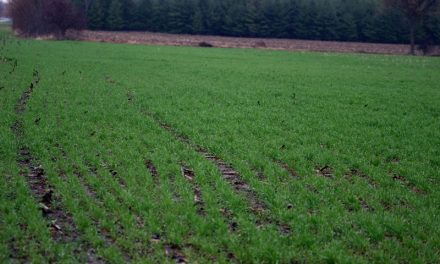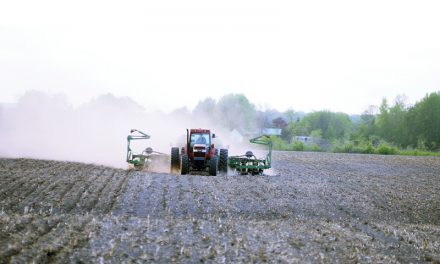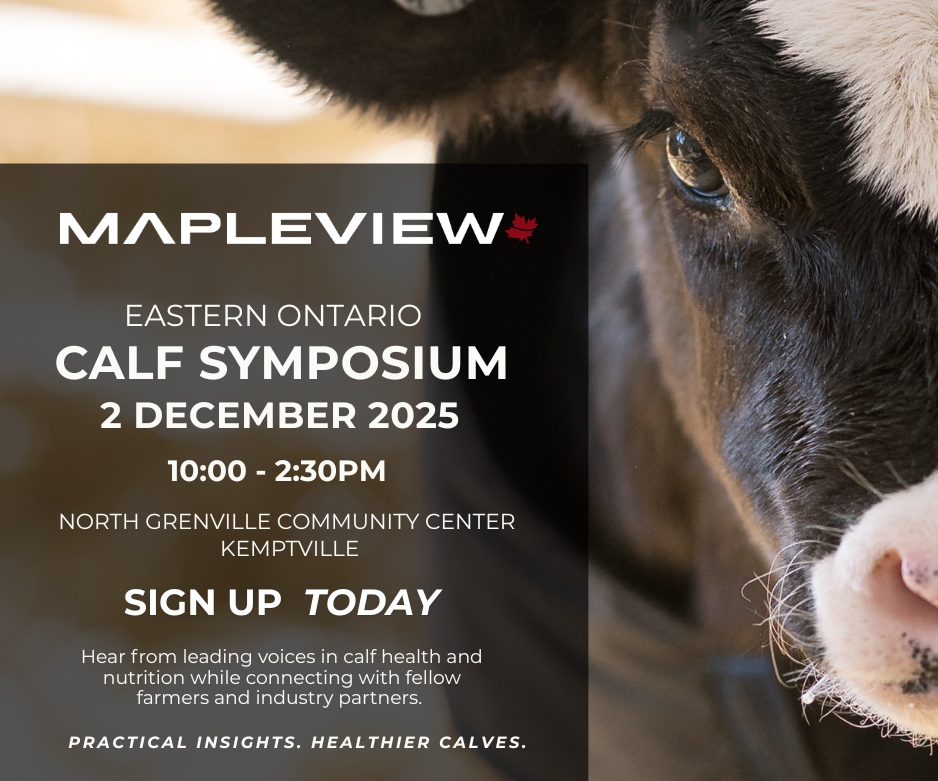The duckweed is an aquatic plant that grows in slow moving bodies of fresh water. It is a non-toxic plant and a source of food for different animal species. Al-Rajab Photo
Blue-green algae (Cyanobacteria), are microscopic organisms found naturally in all types of water.
These single-celled organisms use sunlight to make their own food. In warm, nutrient-rich (high in phosphorus and nitrogen) environments, cyanobacteria can multiply quickly especially in shallow water and shorelines, creating blooms that spread across the surface of the water. The blooms might become visible, but toxins are not always well-coordinated with the size of the bloom. Harmful algal blooms are becoming an increasing problem in areas around the world where drinking water is obtained from surface water sources, such as lakes and rivers. When agricultural nutrients and urban waste runoff enters these bodies of water, microbes such as cyanobacteria can consume these nutrients and quickly increase in abundance. Also, the occurrence of blue-green algae on shorelines may lead to the closure of beaches. Algae-affected water may not be suitable for drinking, recreation or agricultural use. Contact with affected water can cause skin irritation, mild respiratory effects and hay fever-like symptoms. Ingesting toxins can cause gastroenteritis symptoms, such as vomiting, diarrhea, fever and headaches. Moreover, boiling water doesn’t remove blue-green algae toxins.
Blue green algae vs duckweed
From a distance, duckweed is often mistaken for algae. Blue Green algae come in many forms and may look like underwater moss, thick stringy mats or floating slimy scum.
Duckweed (Lemnaceae), also known as water lens, is a tiny floating plant, that holds the distinction of being one of the smallest flowering plants in existence, it has a singular root that dangles down below the surface. In wetlands and ponds, where the water is almost completely still, duckweed can quickly overrun the entire surface of the pond. They may resemble miniature lily pads and are generally beneficial to the environment, they act as valuable habitats for micro/macro invertebrates and other aquatic wildlife.
Algae and duckweed produce oxygen as a by-product of photosynthesis. This is vital for aquatic creatures. At night or when sunlight is not available, the plants consume oxygen. In certain cases, the amount of oxygen being used can exceed the amount being produced, and thus results in oxygen depletion and dying fish. This often happens during hot summer months, when the water is warmer and unable to hold greater amounts of oxygen, or on cloudy days, when there is minimal sun. Moreover, excess algae and duckweed reduces sunlight penetration, and thus causes the elimination of other vegetation, unbalancing the ecosystem.













